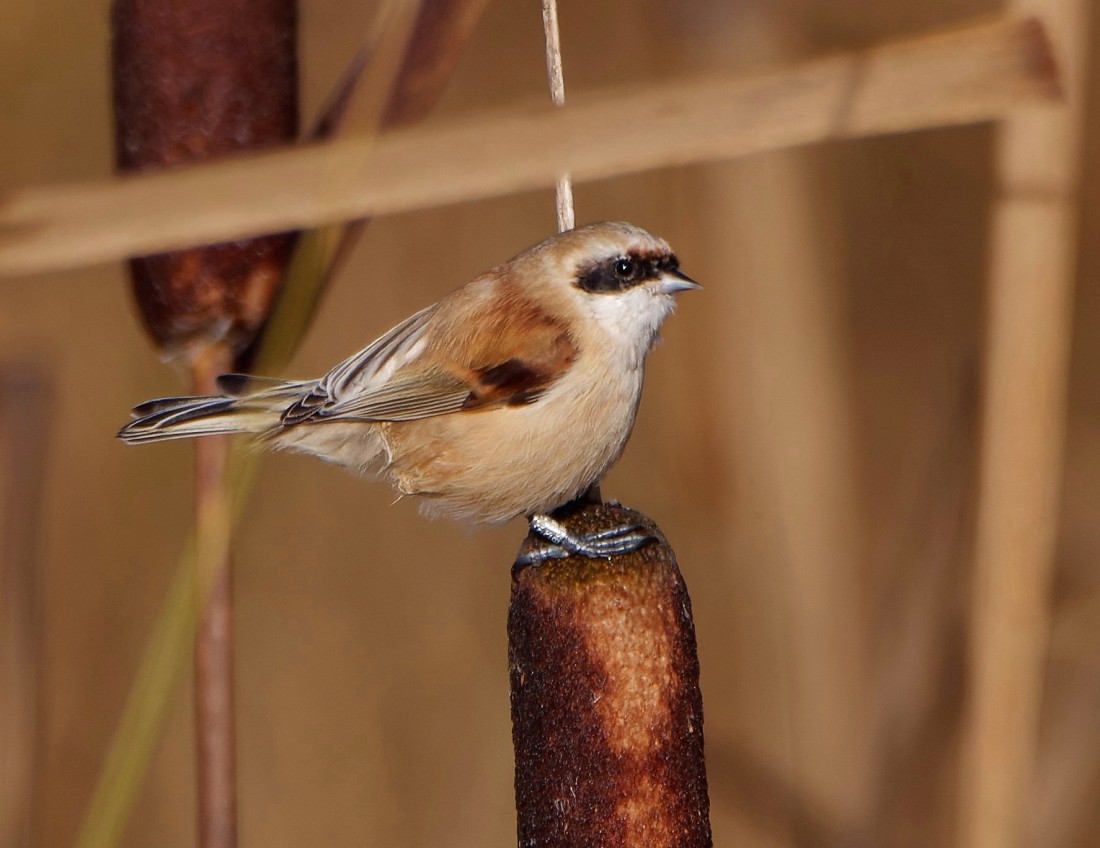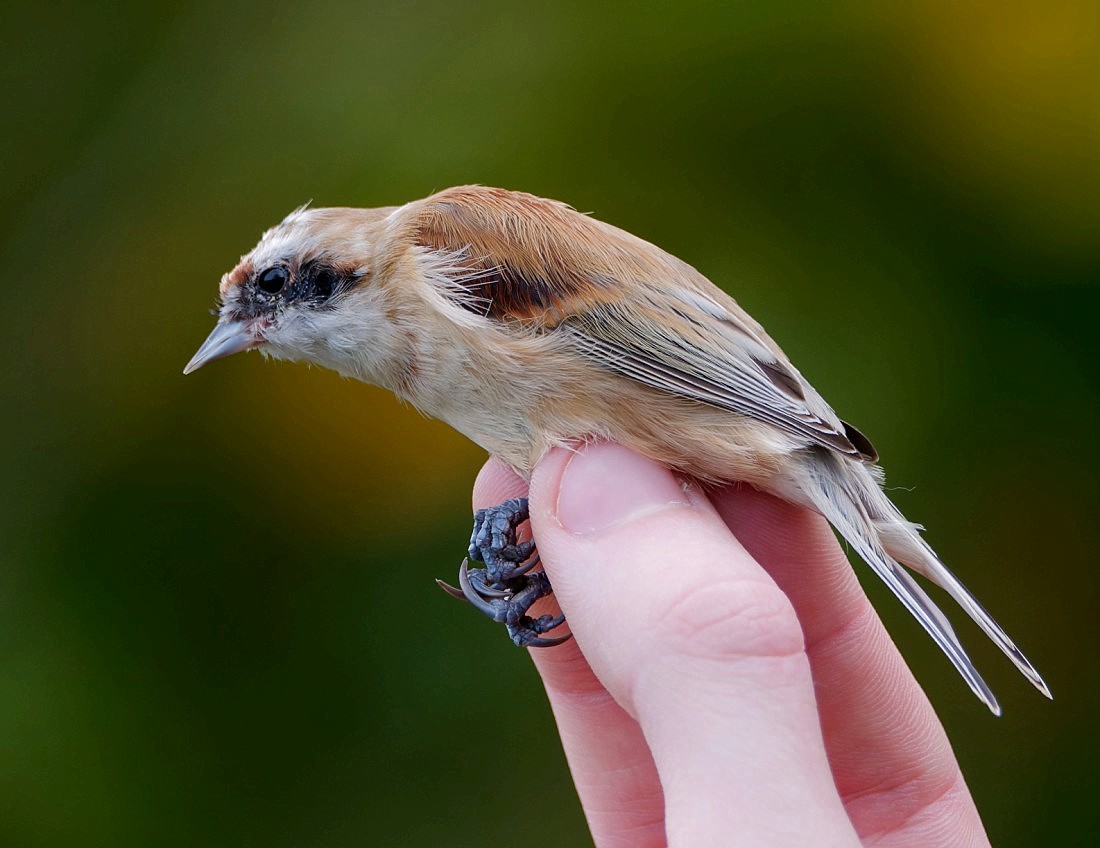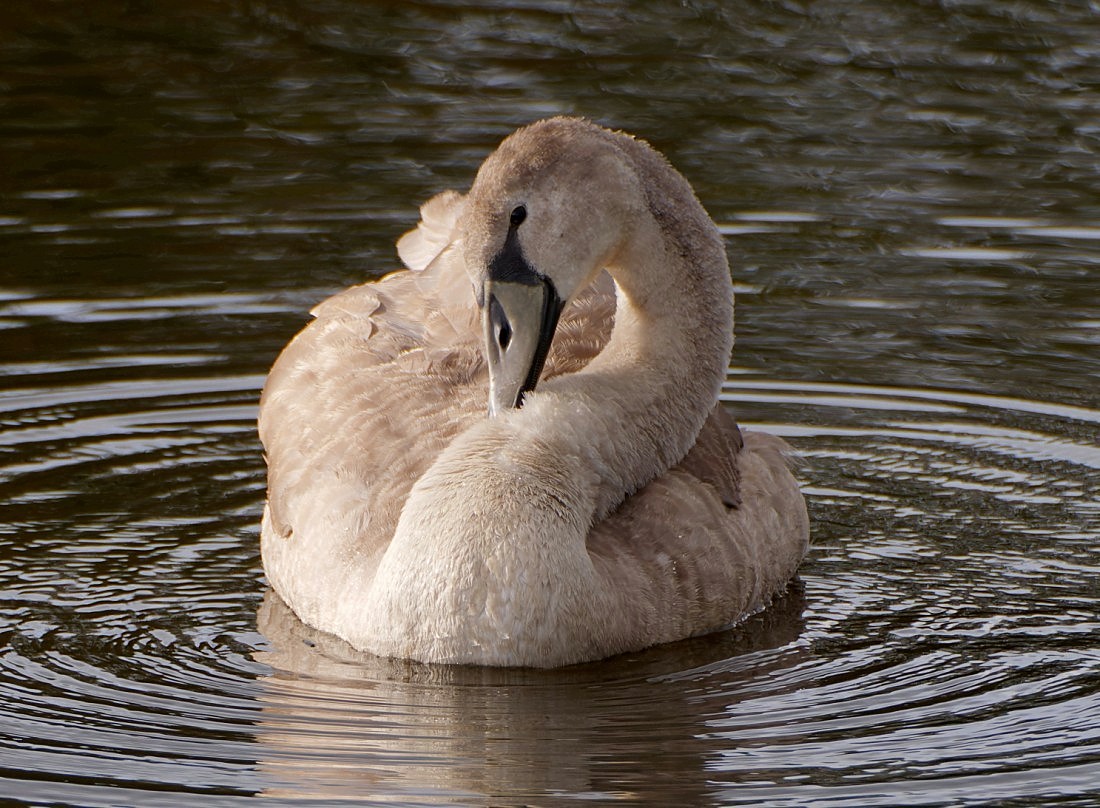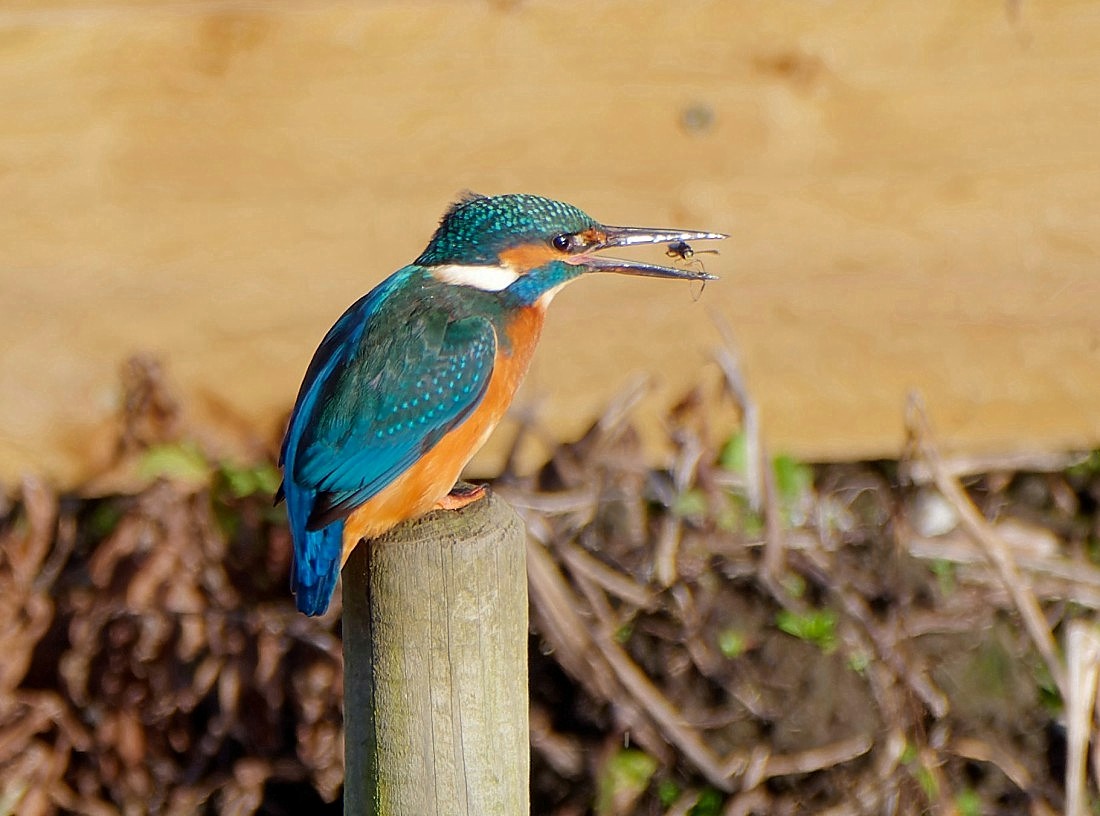Woolston Eyes Monthly Sightings
2022-11-26
This morning was spent on No.4 bed, combining counts of the wildfowl with some visible migration counts and efforts to help visiting birders to connect (unsuccessfully) with the increasingly elusive Penduline Tit. Highlights were: 3 Stonechats, 1 Black-tailed Godwit, a few Cetti’s Warblers and 500 Teal. The link is to a very brief video showing the Penduline Tit on Tuesday morning, when Dan Owen and I first saw it. https://youtu.be/xwYWTeDZc1w Cheers David Bowman (with Dan Owen, Dave Steel and Helen Wynn)
Submitted by: David Bowman
2022-11-22
Well, that was another spectacular morning. We started at dawn on No.4 bed, with some fairly routine counts of wildfowl and other common birds before deciding to walk onto the eastern cell of the new wetland to look for Snipe and Jack Snipe. Plenty of Meadow Pipits, Pied Wagtails and Chaffinches were feeding around the scores of small pools when sharp-eared Dan Owen heard the distinctive call of a Penduline Tit. It then bobbed up at the edge of a reed bed and gave prolonged views as it moved along, stopping to feed, as is typical of the species, on the fluffy seed-heads of Typha (Reedmace or Bullrush). We were able to get good enough views to see that it was ringed and so almost certainly the 1st-winter individual trapped and ringed on No.3 bed ten days ago. The habitat on No.4 bed is ideal for this vagrant denizen of reed-beds in continental Europe and it wouldn’t be a surprise if it stayed for the winter. It was pleasing to hear that some of our visiting birders managed to catch up with it later in the afternoon, too. To cap the day, the constant scanning also turned up a Siberian Chiffchaff (maybe the one ringed on No.3 bed on Saturday) and a male Stonechat. Photo of the Penduline Tit Cheers David Bowman
Submitted by: David Bowman
2022-11-15
Despite the almost continuous drizzle today, there was plenty to keep us interested, with the amazing eastward movement of Pink-footed Geese continuing to impress. Maybe because of the conditions, they come through in scores of smaller waves, which made counting easier than recently, ending with a total of 9,600. Other sightings of note on No.3 bed included: our first 2 Goldeneyes of the autumn, 2 Woodcocks, 2 Green Sandpipers, 1 Little Egret, 1 Brambling, 1 Siskin, 2 Lesser Redpolls, 1 Peregrine, 1 Willow Tit, 100 Shoveler, 2 Shelducks, 50 Teal and 60 each of Greenfinch and Chaffinch. The link is to a short video showing drake Teals, Redwing, Kingfisher and Brambling from the Morgan Hide today before some shaky footage of some of the thousands of Pink-footed Geese which streamed over on Saturday morning. https://youtu.be/9pmcyF9IMEg Cheers David (with Dan Owen)
Submitted by: David Bowman
2022-11-12
Well, that was quite a day. We walked onto No.4 bed before dawn, under a bright moon, with a clear sky and a light southerly, to combine a Wetland Bird Survey (WeBS) with a session of visible migration counting. The weather conditions were perfect for encouraging movement and by 9.15 am we’d counted 5,350 Woodpigeons and 285 Fieldfares and were just finishing the WeBS count, when my mobile rang. It was Mike Miles, from No.3 bed, letting me know that the ringing team had just caught a Penduline Tit. Now, Penduline Tits are small, colourful birds which breed across temperate Europe but are a vagrant to the UK. They are particularly rare in Cheshire and the Wirral, with just one previous record in 1986. So, it was “abandon stations” and a mad dash to No.3 bed where we were treated to great views in the hand of a very special bird and yet another addition to the Reserve list. It was released into suitable habitat in front of the Hogg Hide, where it dived into cover and wasn’t seen again. Photo of the Penduline Tit Cheers David Bowman (with Dan Owen, Helen Wynn and Dave Steel)
Submitted by: David Bowman
2022-11-10
Started the morning with a count of the spectacular movement over the Reserve of Pink-footed Geese, which we first noticed a couple of weeks ago. 7,000 moved eastward just after 7.00 am, with another 800 half-an-hour later. This tallies well with our assumption that this is the flock currently roosting on the Mersey estuary, recently estimated at 8,000, moving out to feed on stubble fields to the east of the Reserve. Then for something completely different, we helped Cathy Ellis, from the Environment Agency to start her survey work, as part of the National Otter Survey, seeing if we could find any tracks or other signs of Otters around the Reserve’s water courses. Otter sightings and signs were becoming a bit more regular prior to the extensive flood-defence work on the Mersey, locally. So, it was pleasing to find a probable spraint to the north of No.1 bed, though Cathy will continue her efforts to firm up this evidence. Finally, it was nice to see a late Common Darter sunning itself in the unseasonally warm weather. Photo of a juvenile Mute Swan Cheers David Bowman (with Dan Owen)
Submitted by: David Bowman
2022-11-08
Nice to be back on the Reserve after a week away, though the birding was fairly quiet. Spent some of the time reviewing progress with the No.4 bed wetland, which is now within touching distance of completion, as well a checking on progress with our various habitat management tasks. Sightings included 450 Pink-footed Geese, 500 Teal, 50 each of Greenfinch and Chaffinch, plus a few Siskins and Lesser Redpolls and a single Brambling. Interesting to also see that our ringing teams have now ringed a remarkable 56 Cetti’s Warblers, so far this year - 40 on No.3 bed and 16 on No.1 bed. It isn’t so long ago that they were considered a real scarcity on the Reserve and are one of the species to have benefited from the continuing impact of global warming. Photo of a Kingfisher Cheers David Bowman (with Dan Owen)
Submitted by: David Bowman




